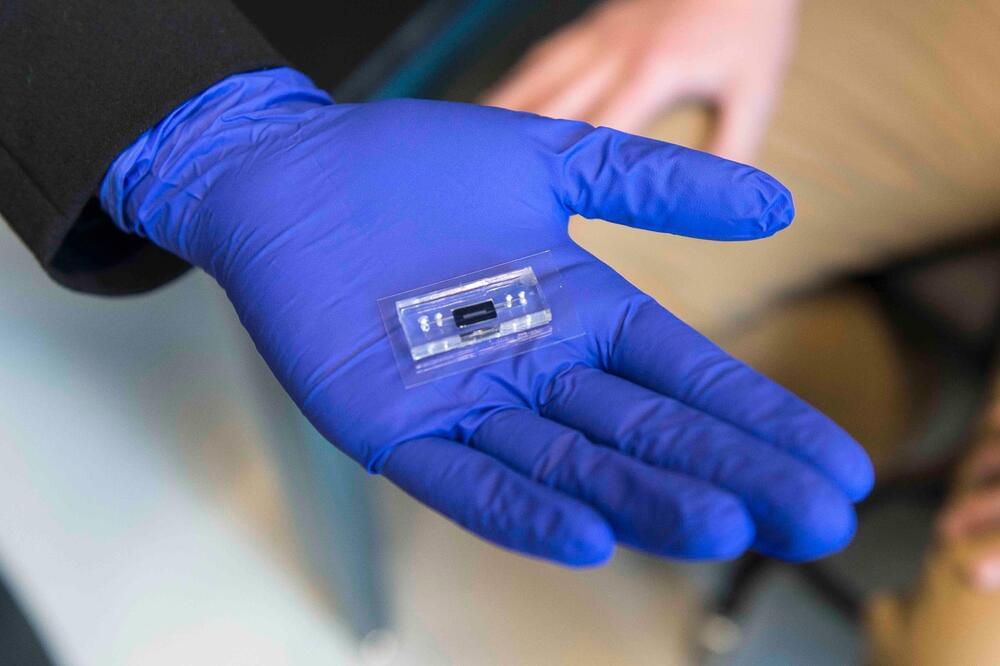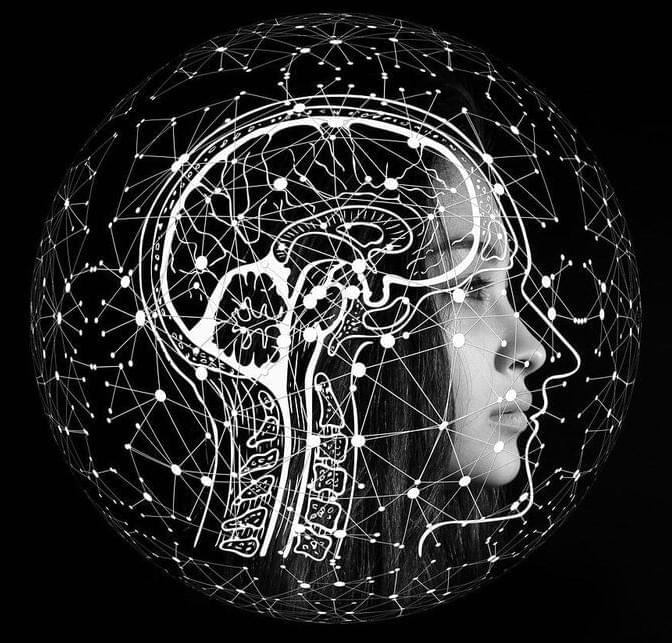The woke Goody-2 chatbot’s guardrails are so geared towards safety, it won’t answer any question fully — but it’ll definitely tell you why.




The automotive industry has experienced rapid advancements due to the integration of edge computing and artificial intelligence (AI) in recent years. As vehicles continue developing self-driving capabilities, these technologies have become increasingly critical for effective decision-making and real-time reactions.
Edge computing processes data and commands locally within a vehicle’s systems, improving road safety and transportation efficiency. Combined with 5G, it enables real-time communication between vehicles and infrastructure, reducing latency and allowing autonomous vehicles to respond faster. AI algorithms enable cars to interpret visual data and make human-like driving decisions.
Edge computing and AI are transforming vehicles into true self-driving machines, filling any gaps in low-latency 5G tech and enabling companies to pioneer advanced autonomy.

In the realm of scientific innovation, the past decade has seen the CRISPR/Cas systems emerge as a groundbreaking tool in genome editing, boasting applications that span from enhancing crop yields to pioneering gene therapy.
The recent advent of CRISPR-COPIES by the Center for Advanced Bioenergy and Bioproducts Innovation (CABBI) marks a significant leap forward, refining CRISPR’s flexibility and user-friendliness.
CRISPR-COPIES represents a cutting-edge solution designed to swiftly pinpoint ideal chromosomal sites for genetic modification across any species.

The notion of time travel has fascinated humans for thousands of years, but it’s always been a work of fiction – until now.
Scientists have discovered evidence of time travel for real, albeit at a microscopic level. Till Bohmer and Thomas Blochowicz are the lead authors of a new study, Time reversibility during the ageing of materials, which is published in Nature Physics.
The research from the two researchers at the Technical University of Darmstadt in Germany focuses on time effectively ‘shuffling’ in the structure of certain materials like glass.

This post is also available in:  עברית (Hebrew)
עברית (Hebrew)
Some experts claim that there is no current evidence that AI can be controlled safely. And if so, should it even be developed?
AI Safety expert Dr. Roman V. Yampolskiy explains in his book “AI: Unexplainable, Unpredictable, Uncontrollable” that the problem of AI control is one of the most important problems facing humanity, but even so it remains poorly understood, poorly defined, and poorly researched.

An international research group has identified a novel state of matter, characterized by the presence of a quantum phenomenon known as chiral current.
These currents are generated on an atomic scale by a cooperative movement of electrons, unlike conventional magnetic materials whose properties originate from the quantum characteristic of an electron known as spin and their ordering in the crystal.

The team leveraged ground-state electron transfer to develop water-based conductive ink for use in flexible electronics.
A major trend in electronics has been the emergence of flexible electronics in devices such as solar cells and energy storage. The technology enabling these devices to be flexible and lightweight is organic electronics. However, concerns about the sustainability of producing organic electronics are growing.
Recently, researchers in Sweden tackled the sustainability challenges head-on by developing water-based conductive inks in organic electronics.

Tesla’s Supercharger network might be good enough to push other automakers to join the standard, but that hasn’t stopped several companies from banding together to build their own Tesla-rivaling charging network. Ionna is a joint venture between seven automakers that promises to bring tens of thousands of chargers to North America — along with food and restrooms.
BMW, GM, Honda, Hyundai, Kia, Mercedes-Benz, and Stellantis are working together on the project with the slogan “We charge North America.” The group announced that it had gained regulatory approval and was officially starting work last Friday.
Ionna aims to build a network of 30,000 fast chargers to facilitate long-distance driving across the continent. The company said it is targeting 2030 to build the network and promised charging locations in urban areas and along highways. The first chargers will open this year, and the focus will be on an “elevated customer experience” that includes 350kW fast chargers, food, retail stores, and other amenities within the charging complex. Electrify America, created using money from VW’s Dieselgate settlement, also recently announced a shift to a more upscale charging experience.
